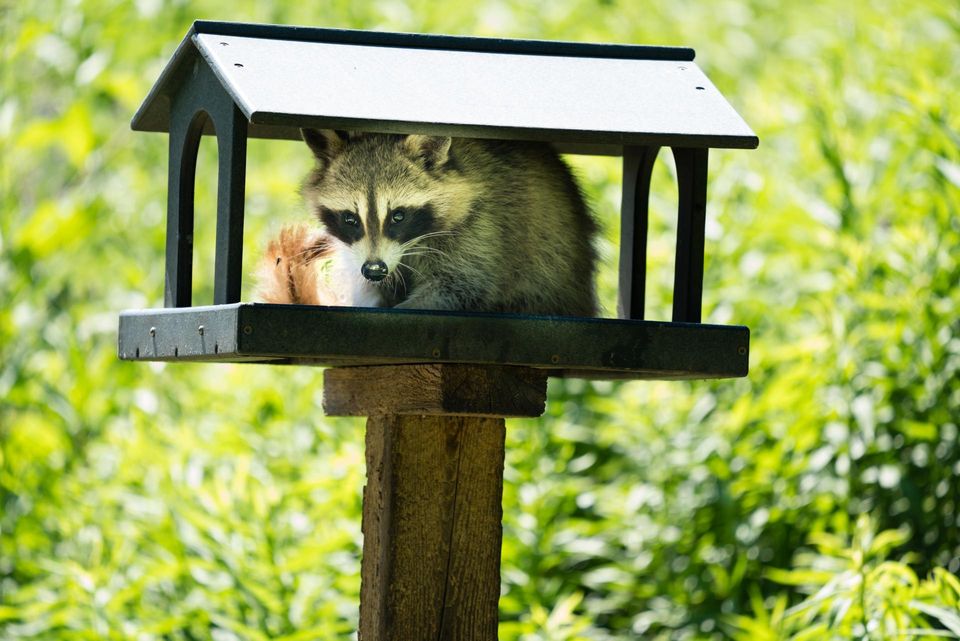What to Do When You Have Raccoons
Raccoon are Crafty and Smart, but You Can Get Rid of Them
Have you noticed upturned garbage cans lately? How about strange droppings, or shuffling noises that wake you up at night? Your home may be on a local raccoon’s foraging route. Even worse, you may have one of these little bandits casing your property in search of a nesting spot. As cute as they can be, raccoons are destructive, dangerous to pets, and they carry an array of diseases. The sooner you can give them the boot, the better. But, deterring these crafty creatures can be a challenge. Before you call an exterminator, here are a few simple things to do when you have raccoons.
Yank the Welcome Mat
Many scenarios draw raccoons to a yard like shoppers to a Black Friday sale. One of the things that raccoons look for, especially between January and March, are places to nest. Things like piles of wood, open chimneys and overgrown shrubbery. Entry points to your attic are irresistible to raccoon mothers-to-be.
Remove dead branches and woodpiles, cut back your shrubs to eliminate out-of-sight nooks, and prune back tree branches that allow easy access to your roof. Repair any sagging siding or other potential entry points to the attic, and install a spark arrestor on your chimney. You may also want to remove trellises that act as ladders to your roof.
Are you unwittingly attracting raccoons to your yard with easy pickings? Your trash can is an obvious source of food, but so is the compost pile. Bowls of pet food are a raccoon favorite, bonus points if you’ve got a water dish next to the food bowl. Raccoons are opportunists, and what you see as tree debris might be an all-you-can-eat buffet to them. If you have trees that drop seeds, fruit, or nuts — even if they are inedible to humans — raccoons may be picnicking at night.
If raccoons lurking, you need to secure your trash can, use a covered composter, and pull in the pet food bowls. You also need to up your lawn care game by raking and removing all the “food” falling from your trees. Bird feeders should be in raccoon-proof locations or removed and brought inside at night.
Use a Repellent
If you have a chicken coop, koi pond, fountain, or birdbath, you may have a harder time convincing raccoons to get lost. In fact, fish in a pond or poultry in a coop are in grave danger from raccoons, who will pick them off until there are none left. Raccoons have a lot of winning cards in their deck: They’re agile, nocturnal, and have little hand-like paws that can easily open latches. They're also excellent climbers with a keen sense of smell, and they sometimes travel in packs. You can get rid of them by using their instincts against them.
This is where repellents come in handy. The one card we can play against raccoons is their fear of predators, specifically coyotes. There are several repellents that claim to use predator urine, but many of these liquid products are messy to store and use. A granulated raccoon repellent is easier to sprinkle around ponds, coops, and other features that attract raccoons. The mere thought of stepping a paw onto a coyote’s territory is enough to send most raccoons packing.
If you think you have raccoons hanging out around your property at night, don’t wait to take action. Make sure they feel unwelcome, and your property should be raccoon-free in no time.
Victor Wang grew up in Central California, plucking tomato worms from his mother’s heirloom tomato garden and is now a master gardener and freelance writer. His areas of expertise include landscaping, pest control and, of course, gardening.
Critter Repellent All Natural Animal Repellent Blog













